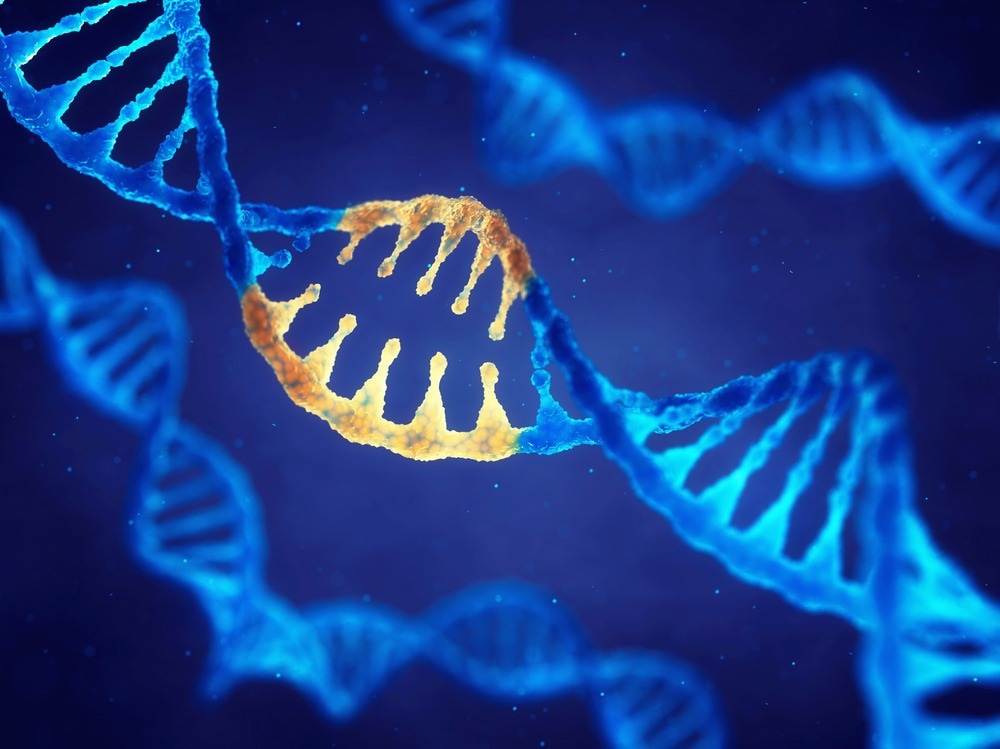Reviewed by Danielle Ellis, B.Sc.Jul 10 2023
Researchers from UTHealth Houston have discovered a novel molecular pathway that explains how coronary artery disease can occur in people in their 30s who have normal cholesterol levels and no other risk factors due to a mutation in the gene ACTA2.
 Diana Milewicz, PhD, and her team discovered a novel molecular pathway to explain how a mutation in the gene ACTA2 causes people with no risk factors to develop coronary artery disease. Image Credit: UTHealth Houston
Diana Milewicz, PhD, and her team discovered a novel molecular pathway to explain how a mutation in the gene ACTA2 causes people with no risk factors to develop coronary artery disease. Image Credit: UTHealth Houston
The European Heart Journal published the study.
The gene ACTA2 codes a specific protein that has nothing to do with cholesterol. It was a surprise to find that people with the gene mutation had too much atherosclerosis at a young age and with no risk factors.”
Dianna M. Milewicz, MD, PhD, Study Senior Author, Director, Division of Medical Genetics, McGovern Medical School, University of Texas Health Science Center at Houston
According to a 2009 study performed by Milewicz, some ACTA2 mutations put people at risk for developing coronary artery disease at an early age (30s or younger).
Atherosclerosis is a buildup of lipids, cholesterol, and other materials inside and on top of artery walls. Most people don’t know they have it until after having a heart attack or stroke since it can gradually grow over time.
Traditional risk factors for atherosclerosis include a high-fat diet, smoking, diabetes, high blood pressure, high cholesterol, and high blood pressure. They also include high blood pressure, obesity, and a lack of exercise.

Image Credit: nobeastsofierce/Shutterstock.com
The smooth muscle cells that line arteries and enable the arteries to contract to regulate blood pressure and flow are normally where ACTA2 is present. Milewicz and her team discovered that the mutation causes a protein that is coded by this gene to not fold correctly.
This causes stress in the smooth muscle cell, which forces it to produce more cholesterol internally regardless of the blood cholesterol levels, leading to the development of atherosclerotic plaque.
Milewicz added, “This finding is unique in that we found a completely new pathway to atherosclerosis. It explains why for years we have known statins protect people from heart attacks, even those people whose blood cholesterol levels are normal. In the people with ACTA2 mutations, the statins block the cholesterol made by the stressed smooth muscle cells.”
“In our study, the mutant protein made by the ACTA2 mutation caused the cells in the artery wall to be stressed, but there are many other factors that can stress cells. We are now working on the risk factors for coronary artery disease, like hypertension, that would also stress the cells and activate this novel pathway for coronary artery disease,” Milewicz further stated.
The buildup of calcium in the arteries is one of the effects of stress on smooth muscle cells related to atherosclerosis.
Milewicz stated, “Cardiac calcium imaging in individuals with ACTA2 mutations could be a useful early diagnostic tool to monitor the development of the early atherosclerosis in these people. This would allow physicians to decide at what age to start these patients on statins.”
The researchers used a genetically modified mouse with a specific ACTA2 mutation and fed the mice a diet high in cholesterol to induce atherosclerosis. They discovered that these mice have significantly more atherosclerosis than similarly treated normal mice.
The study also discovered that pravastatin, a drug from the statin class frequently used to decrease blood cholesterol, could be given to the mice to reverse the increased atherosclerosis. According to the study’s findings, smooth muscle cells taken from a patient with an ACTA2 mutation activate the same molecular pathway.
By reducing blood cholesterol levels, statins protect against coronary artery disease. At the same time, men and women who appear healthy and have plasma LDL cholesterol levels that are average or low experience more than half of heart attacks. When used by those with normal cholesterol levels, statins also lower the risk of heart attacks.
Source:
Journal references:
- Kaw, K., et al. (2023). Smooth muscle α-actin missense variant promotes atherosclerosis through modulation of intracellular cholesterol in smooth muscle cells. European Heart Journal. doi.org/10.1093/eurheartj/ehad373
- Guo, D.-C.., et al. (2023). Mutations in Smooth Muscle Alpha-Actin (ACTA2) Cause Coronary Artery Disease, Stroke, and Moyamoya Disease, Along with Thoracic Aortic Disease. American Journal of Human Genetics. doi.org/10.1016/j.ajhg.2009.04.007